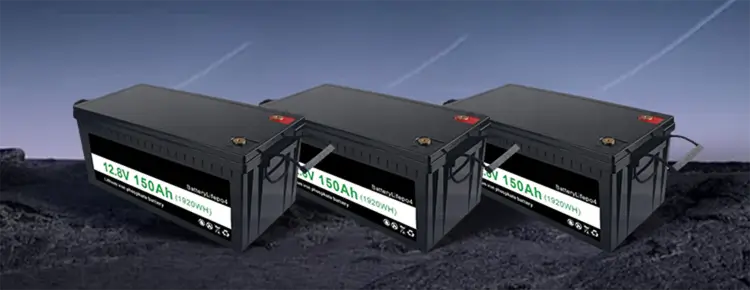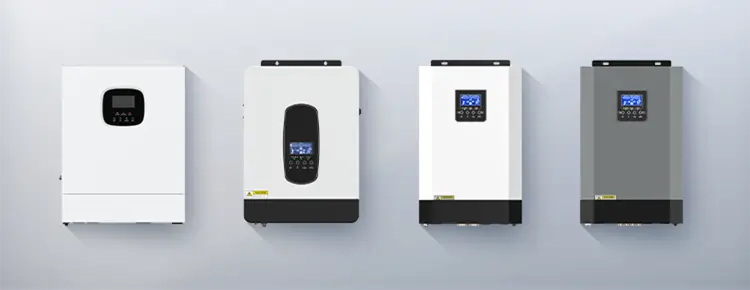



Blog
Hot Category
Latest Blog
27 Jan 2025
Nlelsen
In today's battery field, the classification of battery cells is particularly important. Different grades of battery cells have significant differences in performance, quality, price, and application scenarios. Today, let's take a closer look at the differences between A-grade, B-grade, and C-grade batteries.
A-grade batteries are undoubtedly the highest quality type of battery cells. They undergo strict quality control during the production process to ensure that every parameter meets or exceeds industry standards. The characteristics of A-grade batteries include:
● High performance: With high capacity, low internal resistance, and excellent consistency, the device can maintain stable performance after long-term use.
● Stable and reliable: Suitable for high-end devices or occasions with extremely high battery performance requirements, such as high-end smartphones, laptops, and electric vehicles.
● Longer service life: Due to its excellent performance, A-grade batteries can provide a longer service life and reduce the frequency of battery replacement.
B-grade batteries are slightly inferior to A-grade batteries in quality, but they are still qualified products. They may be classified as B-grade batteries due to some minor defects or slight deviations in the production process. The following are some characteristics of B-grade batteries:
● Stable but slightly declining performance: Although the performance of B-grade batteries can still meet the needs of most devices, they may be slightly lower than A-grade batteries in terms of capacity retention and internal resistance.
● Moderate price: Due to some minor defects, B-grade batteries are usually more affordable than A-grade batteries, suitable for devices that have certain requirements for battery performance but limited budget.
● Wide range of applications: B-grade batteries are widely used in mid- and low-end smartphones, tablets, and some portable electronic devices.
C-grade batteries are the lowest quality battery type. It is usually because the B-grade battery cells have been stored in the warehouse for too long (generally more than 8 months) and have not been shipped, or because there are serious quality problems in the production process and they are classified as C-grade batteries. The characteristics of C-grade batteries include:
● Poor performance: The capacity retention rate and internal resistance of C-grade batteries are usually much worse than those of A-grade and B-grade batteries, and the service life is also shorter.
● Low price: Due to its poor performance, the price of C-grade batteries is usually much lower than that of A-grade and B-grade batteries, and it is suitable for low-end devices that do not require high battery performance or as a backup power source.
● A-grade batteries: Suitable for high-end devices and occasions with extremely high battery performance requirements. For example, high-end smartphones, laptops, electric vehicles and other devices usually use A-grade batteries to ensure the performance and safety of the equipment.
● B-grade batteries: Suitable for devices that have certain requirements for battery performance but limited budget. Low-end and mid-range smartphones, tablets, and some portable electronic devices usually choose B-grade batteries to balance performance and cost.
● C-grade batteries: Mainly used for low-end devices that do not require high battery performance or as backup power supplies. For example, some simple electronic tools, low-power small appliances, or backup power devices may use C-grade batteries.
By understanding the characteristics and application scenarios of different grades of batteries, consumers and manufacturers can better choose battery products that suit their needs. Whether it is a high-end device that pursues high performance or a low-end and mid-range device that focuses on cost-effectiveness, you can find the right battery grade to meet your needs.